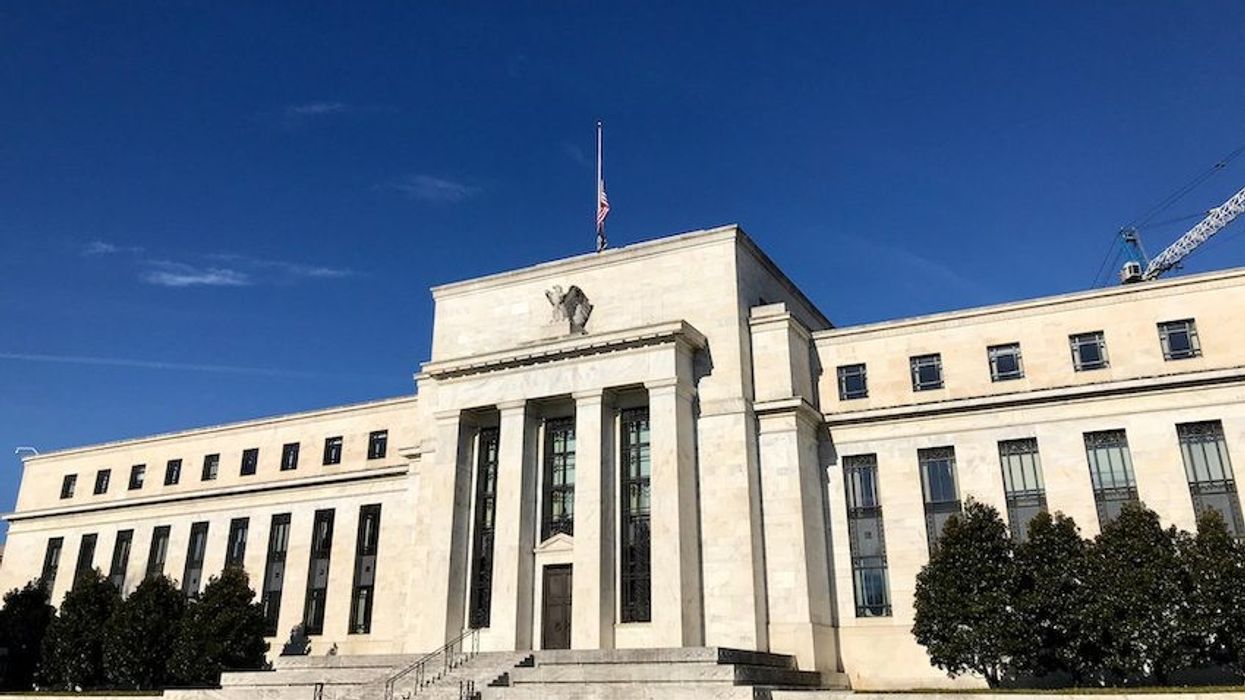As was widely expected, the U.S. Federal Reserve is the latest monetary policymaker to implement a super-sized rate hike, increasing its federal funds rate by 0.5% yesterday, to a range between 0.75-1%. It also announced it would kick off a round of quantitative tightening in June, allowing for a monthly $US47.5B selloff of treasuries and mortgage-backed securities from its balance sheet.
This is the second increase to interest rates this year for the American central bank, following a quarter-point hike in March.
It’s the largest increase seen from the American monetary policy head since 2000, and mirrors that taken by the Bank of Canada on April 13, when it hiked its Overnight Lending Rate by 0.5%, and announced an impending sell-off of Canadian bonds.
READ: “We See Prices Peaking This Spring”: Interest Hikes a Game-Changer Says RBC
Like its Canadian counterpart, the Federal Reserve is grappling with spiking inflation as a result of post-pandemic economic recovery, snarled global supply chains, and the impact of the Russia-Ukraine conflict on energy prices. The American inflation rate hit 8.5% in March -- the largest year-over-year increase since 1981.
“Inflation is much too high and we understand the hardship it is causing and we are moving expeditiously to bring it back down,” said Federal Reserve Chair Jerome Powell in a press conference following the rate announcement. He also stated that more half-point hikes are likely in the “next couple of meetings," assuring the chances of another in July.
While Powell also indicated that the Fed would consider going above a neutral rate should inflation growth acquire it -- a move that would flirt with recession risk -- he also ruled out the possibility of a future jumbo 0.75% increase, which chilled markets briefly.
“It was all going tickety boo when the FOMC statement landed and broadly met expectations. That all changed in the press conference when Chair Powell’s answers to several key questions reined in rates markets that were getting a tad aggressive and this also prompted an equity rally and dollar weakness,” writes Scotiabank’s Vice President and Head of Capital Markets Economics Derek Holt in an investor note.
“When the dust settled, the S&P was up by a whopping 2.5% compared to just before the fun began at 2 p.m. ET, the two-year Treasury yield had rallied by about 16bps, the 2s10s curve bull steepened with the 10-year yield down by 4–5bps and the USD depreciated by just under 1% on a DXY basis.”
Borrowers Will Continue to Feel the Squeeze
While the Bank of Canada is already well ensconced in its hiking cycle, the Fed’s most recent increase further cements certainty that rates will continue to rise in the medium-term; the BoC takes cues from the nation’s biggest trade partner, and generally moves in lockstep in terms of monetary policy.
In a note titled, “FOMC Policy Announcement: 50 is the New 25”, BMO Senior Economist and Director of Economics Sal Guatieri writes that the bank anticipates larger hikes to come from south of the border.
“The Fed knows it needs to get policy rates to neutral levels (between 2 - 3%) as fast as possible without roiling markets. Look for another 50-pointer on June 15, with a possible pivot back to quarter-point moves if inflation begins to rollover as expected.”
As both the U.S. and Canadian central banks have amped up the cadence of their rate increases, borrowers are starting to feel the effects at a much steeper pace. One calculation finds that the BoC’s most recent half-point hike would add $26 a month per $100,000 of loan for the average variable-rate mortgage holder with an $800,000 mortgage.
That reduced purchasing power is already trickling down into the country’s largest housing markets; the most recent numbers for the Greater Toronto Area find home sales plunged 41% in April, which the Toronto Regional Real Estate Board (TRREB) largely attributes to recent rate hikes.
“Based on the trends observed in the April housing market, it certainly appears that the Bank of Canada is achieving its goal of slowing consumer spending as it fights high inflation. Negotiated mortgage rates rose sharply over the past four weeks, prompting some buyers to delay their purchase,” stated TRREB President Kevin Crigger. “Moving forward, it will be interesting to see the balance the Bank of Canada strikes between combating inflation versus stunting economic growth and related government revenues as we continue to recover from and pay for pandemic-related programs.”





















